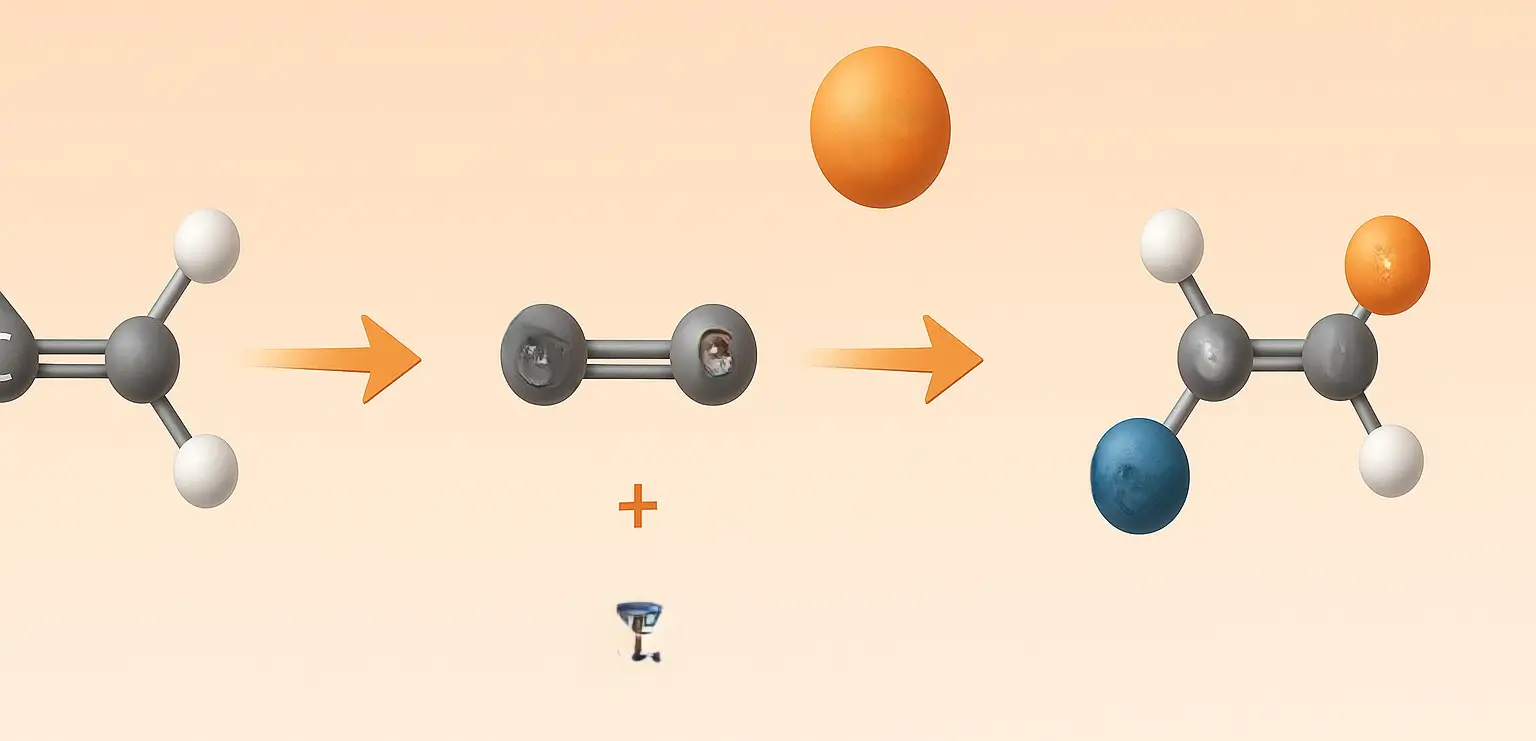Factors affecting E1 and E2 reactions Definition
- Factors Affecting E1 and E2 Reactions (Short Version):
- E1 reactions depend on substrate concentration and proceed via carbocation formation, favoring stable substrates (like tertiary carbons), polar protic solvents, and weak bases.
- E2 reactions are second-order, requiring strong bases, good leaving groups, and polar aprotic solvents.
- An anti-periplanar arrangement of the β-hydrogen and leaving group is essential.
- Steric hindrance and high temperatures also influence the preference, with bulky substrates favoring E1 and less hindered ones favoring E2.
-
Substrate Structure
- E1: Prefers tertiary alkyl halides due to stable carbocations formed during the reaction.
- E2: Works with a variety of substrates but requires the substrate to adopt an anti-periplanar geometry for effective proton abstraction.
-
Leaving Group
- Affects both reactions. Better leaving groups (e.g., iodide, bromide) facilitate E1 and E2 mechanisms by stabilizing the negative charge upon departure.
-
Nucleophile/Base Strength
- E1: Often involves a weak base or nucleophile, since the rate-determining step is carbocation formation.
- E2: Requires a strong base to abstract a proton in the concerted step leading to the formation of a double bond.
-
Solvent
- E1: Favored by polar protic solvents, which stabilize both the carbocation and leaving group, facilitating the reaction.
- E2: Works best with polar aprotic solvents, which enhance the base’s strength and aid the concerted elimination process.
-
Temperature
- E2 reactions are typically favored at higher temperatures due to their higher activation energy, consistent with the endothermic nature of bond-breaking and simultaneous elimination.
- These factors help determine whether an elimination reaction will proceed via the E1 or E2 mechanism and the efficiency of the process.
Thank you for reading from Firsthope's notes, don't forget to check YouTube videos!

